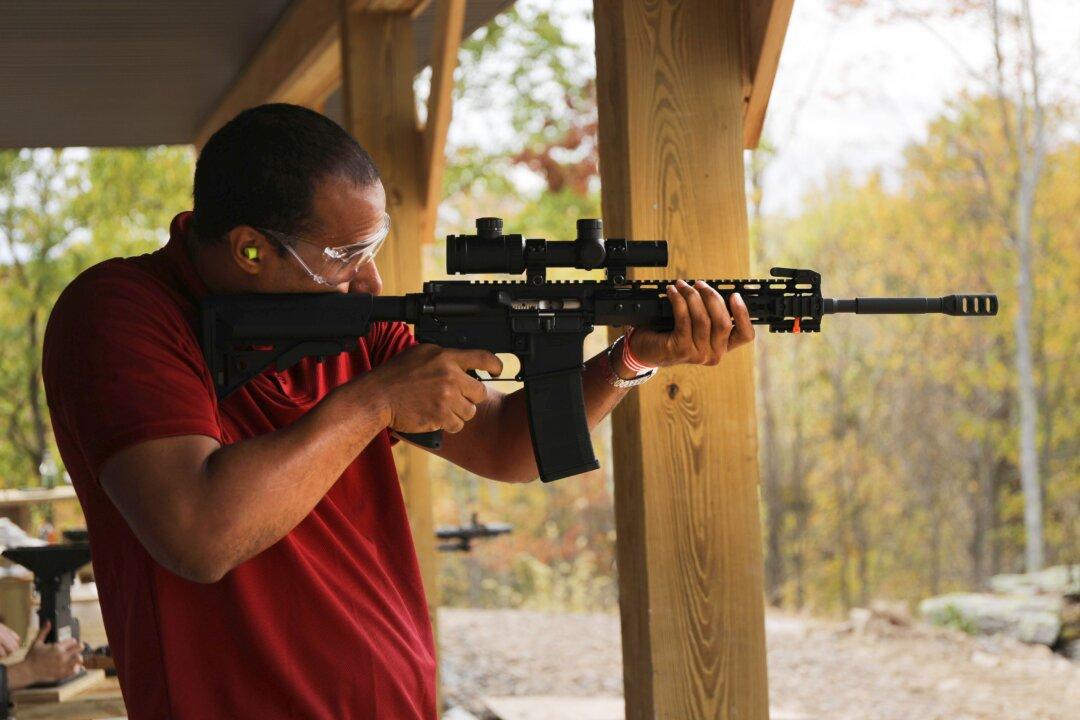After a major drop in gun sales following the election of President Donald Trump, sales have picked up again in recent months, according to the National Shooting Sports Foundation (NSSF), a firearms trade industry association.
Nearly 4.8 million firearms were sold between May and October, an increase of roughly 6 percent from 4.5 million in the year-earlier period.





